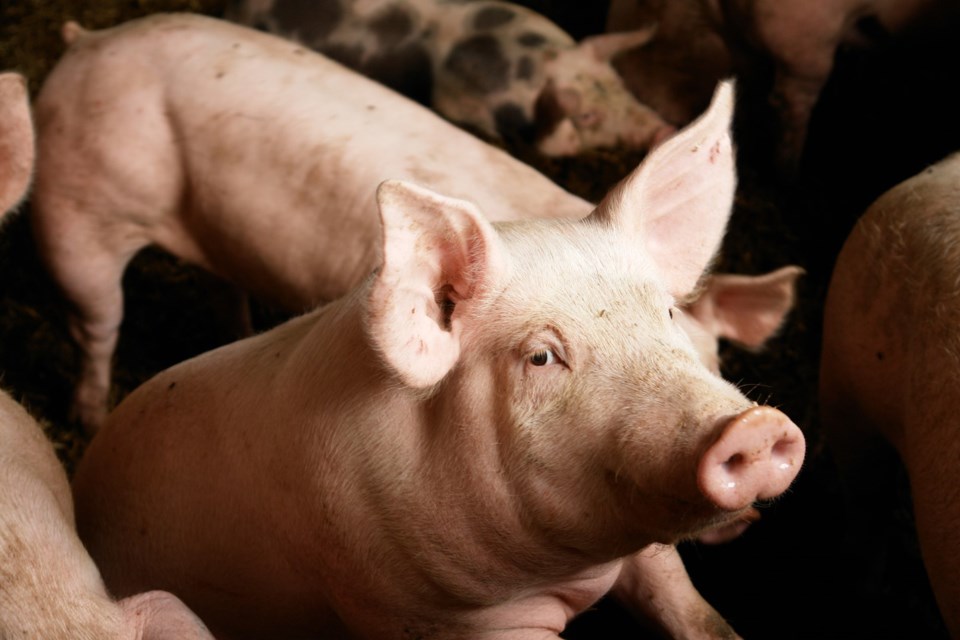YORKTON - While the contents were not particularly surprising it was interesting to see that the pork industry can still be an economic driver.
A recent Brandon Sun story noted that a Manitoba Pork report stated that over half of all agriculture and food processing jobs in Manitoba are tied to the hog sector at 55 per cent.
The story went on to note, “the report, undertaken by an independent economic impact analysis, was released on Aug. 3, with numbers compiled by Serecon, a group of valuation and appraisal, management consulting and farm asset management professionals who specialize in the agricultural industry.
“The provincial hog sector contributes 22,000 jobs across Manitoba in both urban and rural communities, as well as over $2.3 billion to the provincial GDP annually. Each year, Manitoba’s hog sector directly contributes $139 million to the provincial government in tax revenue, and another $87 million in municipal tax revenue, the report found.”
Those are impressive economic indicators, but are as I noted to start, particularly surprising.
There was a time Saskatchewan was on a pork sector development trajectory that would likely have mirrored such numbers, but growth here bog downed.
At the time pigs were seen as an ideal fit to create rural economy, and that vision was based on several factors.
To start with barn construction creates jobs. Once barns open they create more jobs, and those jobs are in rural areas, which is a positive for smaller towns and villages where job creation can be difficult.
Of course finding workers in rural areas became a barrier too.
The barns become a local market option from farmer wheat and barley, and lots of it.
The need for the alternative market waned as commodity prices jumped, and canola evolved to be the key crop grown.
And, of course there is always the opposition to hog barns, often based on odour, although there is a smell associated with many economic drivers; canola crush and oil facilities included.
So what made the sector so attractive at one time hasn’t exactly remained as drivers.
But, once established the hog sector does generate economy in terms of jobs, market for grain and a product marketable to the world.
Livestock is a huge part of a vibrant rural economy that we should not lose sight of.
Certainly prices, as a commodity, are cyclical, but that is a part of farming.
The key is creating the best frameworks possible to help facilitate long term viability – something they seem to be achieving for pork in Manitoba.






